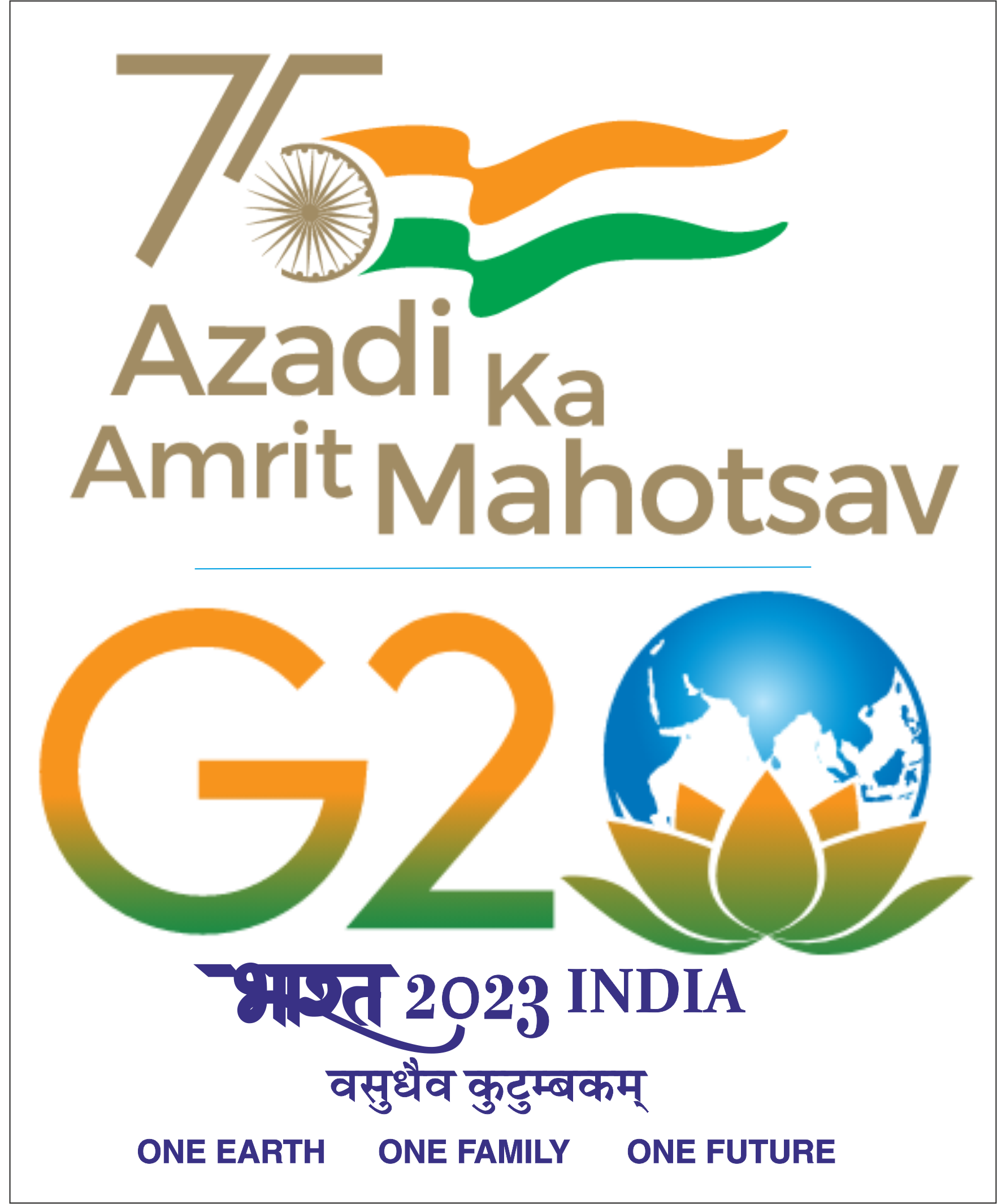Ms. Namita Sawant will present her Ph.D. defense as per the detail below:
Date- 9th March 2023
Time- 9.30 a.m.- 10.30 a.m.
Guide- Prof. Priya Jadhav
Chairman- Prof. S. Suryanarayana
Internal Examiner- Prof. Milind Sohoni
External Examiner- Prof. Veena Srinivasan
Title- Energy-Water Nexus in Agriculture: Building a framework for estimation of electricity and water consumption
Abstract-
Energy, water, and food in agriculture are inextricably linked in a nexus and crop choices have a direct impact on energy and water consumption. Balancing the conflicting objectives of farmer income, food security and sustainability has been an imperative demand due to subsidized energy for irrigation. Several policies are being proposed and implemented, but without sufficient data. Most studies in the Water-Energy-Food-Nexus have been conducted using simplified or aggregate data at regional levels. The focus of the study is to develop a robust methodology for estimating electricity and water consumption in agriculture based on agro-climatic conditions and local irrigation practices .
The literature review traces the electricity policy in agriculture and the various estimation methods used by SERCs and researchers. Most of the studies by researchers focused on theoretical water requirement and assumptions. We attempt to estimate the energy consumption using secondary data, field measurements and surveys and compare it to the actual feeder energy consumption in a region. To build the framework, field work was undertaken to understand agricultural practices in Kharif and Rabi seasons in two regions covering the villages under Umbarda + Somthana Ag. Feeder, Washim, and Garaj Ag. Feeder, Aurangabad which are taken as calibration feeders. Extensive farmer surveys and field measurements were done to capture energy and water consumption parameters along with follow-up surveys after the visit. Parameters like irrigation depth for major crops and specific energy consumption for pressurized, un-pressurized irrigation and long-distance transfer were calculated. The framework is applied to three other feeders in Vijaynagar Ag. Feeder, Satara, Alasana Ag. Feeder, Buldhana and Old Dawachwadi Ag. Feeder, Nashik.
The framework uses the point water balance model to shape the irrigation requirement and uses the farmer survey inputs to estimate the irrigation given. The estimation closely follows the actual consumption at both the calibration feeders in Satara and Buldhana and was found to be within a 10% error of the actual consumption at the feeder. In the case of Nashik, the estimation was at 24% and these were due to multiple transfers in the village which are difficult to estimate. The results from the framework are used to show the water footprint of major crops like cotton, soybean, wheat, sugarcane and gram along with horticultural crops like orange and grapes. In addition, the energy-water trade-offs in micro-irrigation can only be seen for citrus crops like oranges and there might not be any real saving for other crops. The results of the framework develop a methodology to quantify energy usage crop wise based on parameters that vary with region and agro-climatic zones. The framework is being extended to implement in the POCRA project of the Government of Maharashtra.





